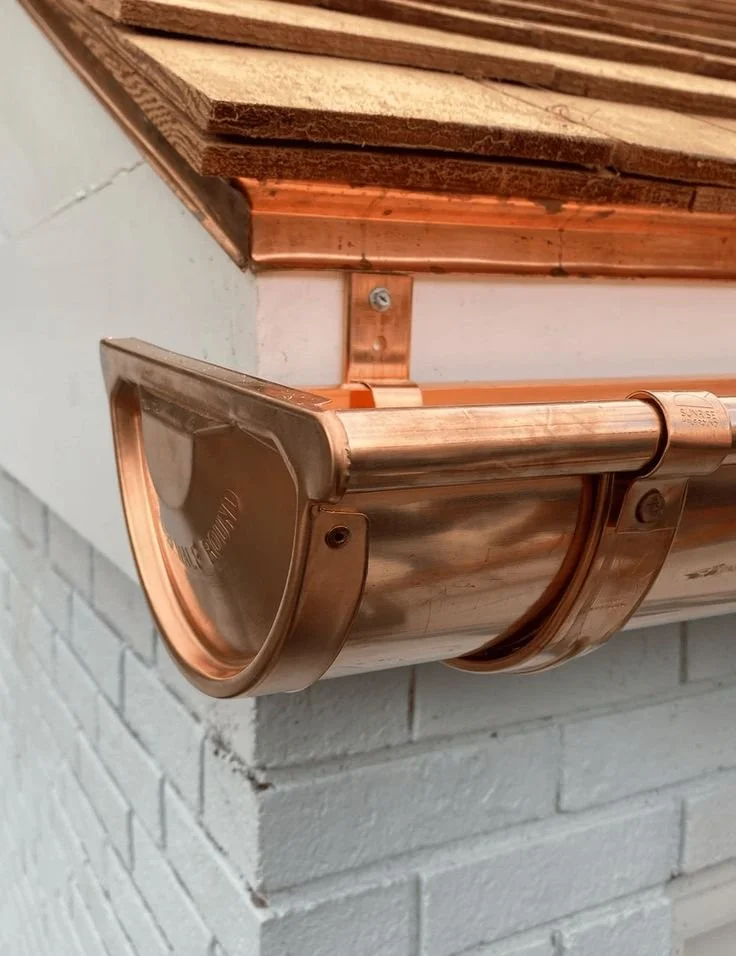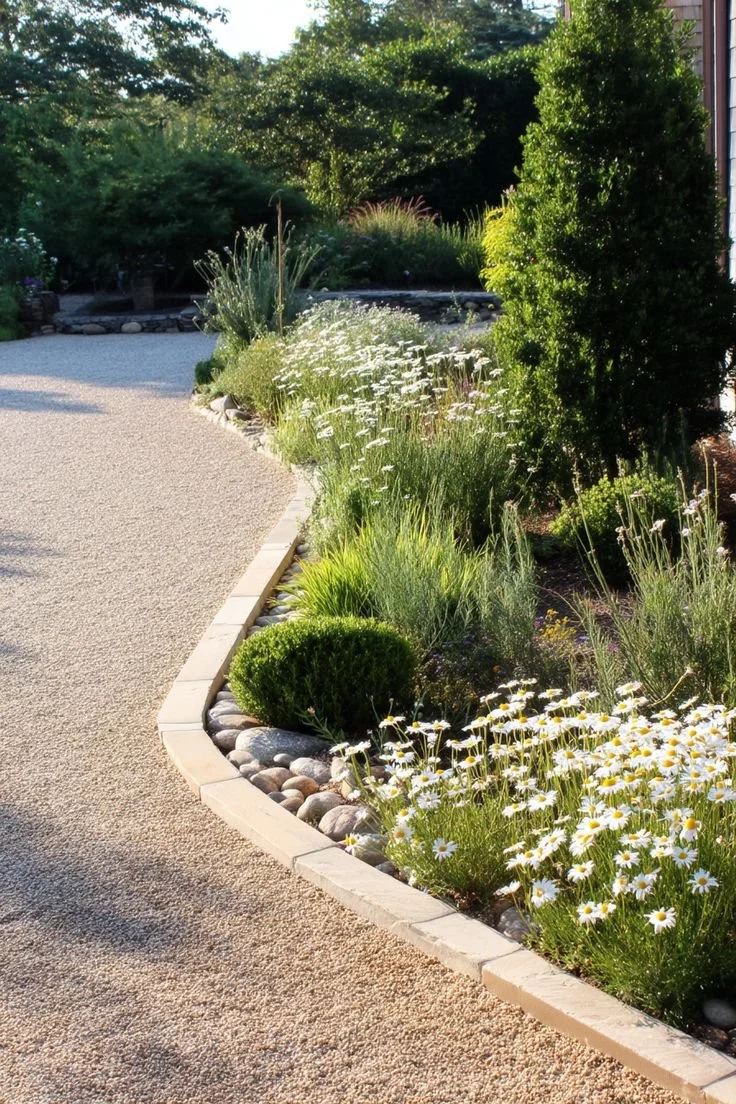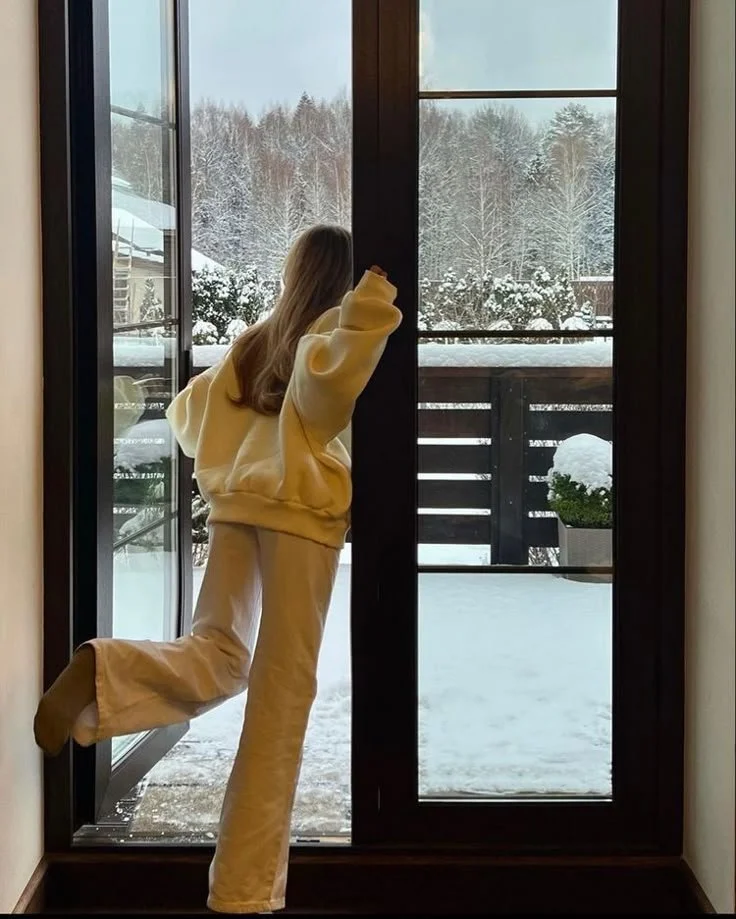7 Winter Damage Signs Homeowners Can't Afford To Miss
Winter may bring picturesque snowfalls and cozy nights by the fire, but for your home—especially your roof—it can be a season of silent destruction. Ice, snow, wind, and fluctuating temperatures can all take a serious toll on your roofing system, often in ways that aren’t immediately visible from the ground. As the weather begins to warm and spring approaches, it’s crucial to assess your roof for any signs of winter-related wear and tear.
In this article, we’ll walk you through seven critical signs of winter roof damage that every homeowner should look for. Ignoring these red flags can lead to costly repairs, water intrusion, and even structural issues. By identifying and addressing these problems early, you can protect your investment and ensure your home stays safe and dry year-round.
No. 1
Missing or Damaged Shingles
Heavy snow loads, ice buildup, and strong winter winds can wreak havoc on your shingles. These elements can loosen, crack, or completely tear shingles from your roof, leaving the underlying structure exposed to moisture.
King Roofing, a trusted roofing contractor in Naples, FL, advises:
“Walk around your property and look for shingles on the ground or in your gutters. From below, scan your roofline for gaps, curled edges, or areas where shingles appear darker—this often indicates missing granules, which compromise the shingle’s protective capability.”
Even a few missing or damaged shingles can allow water to seep into your roof deck, leading to rot, mold, and insulation damage. Don’t underestimate the impact of what may seem like minor shingle loss.
No. 2
Ice Dam Damage
Ice dams form when warm air from your attic melts snow on your roof, which then refreezes at the eaves, creating a barrier that traps water. This trapped water can back up under your shingles and leak into your home.
Warning Signs of Ice Dam Damage:
Water stains on ceilings near exterior walls
Peeling paint on soffits and fascia
Sagging or detached gutters
Musty odors or moisture in your attic
Inside your attic, inspect the perimeter for damp insulation, discoloration, or mold growth. Ice dams can cause significant structural damage if left unaddressed, so early detection is key.
No. 3
Gutter Problems
Your gutters take a beating during winter. Ice accumulation can cause gutters to pull away from the house, crack, or even collapse entirely.
What to Look For:
Sagging or misaligned gutter sections
Gaps between gutter joints
Loose or missing fasteners
Damaged or disconnected downspouts
Clogged or broken gutters can’t effectively channel water away from your home, which can lead to foundation damage, basement flooding, and soil erosion around your property.
Rejuvenation
Rejuvenation believes in the power of thoughtful design - explore their extensive range of outdoor hardware, including stylish accessories that add character and charm to your home's exterior.
No. 4
Flashing Failure
Flashing is the metal material used to seal joints and edges around chimneys, skylights, vents, and valleys. These areas are particularly vulnerable to leaks, especially after enduring winter’s freeze-thaw cycles.
Signs of Flashing Issues:
Rust or corrosion
Gaps between flashing and roofing material
Cracked or missing sealant
Water stains around chimneys or skylights
Flashing failure is one of the most common causes of roof leaks. If you notice any of these signs, it’s essential to have a professional inspect and repair the affected areas before water intrusion causes more extensive damage.
No. 5
Attic Condensation and Mold
When warm indoor air rises and meets the cold underside of your roof, condensation can form in your attic. Without proper ventilation, this moisture can linger, leading to mold growth and wood rot.
Inspect Your Attic For:
Dark stains on rafters or roof decking
Wet or compressed insulation
Frost on the underside of the roof
Musty or moldy odors
Poor attic ventilation is often the root cause of condensation issues. Addressing this early can prevent long-term damage to your roof structure and improve indoor air quality.
No. 6
Sagging Roof Sections
Heavy snow accumulation can exceed your roof’s load-bearing capacity, especially on older homes or those with flat or low-slope roofs. This added weight can cause sections of your roof to sag or bow.
How to Spot Sagging:
Uneven rooflines when viewed from the ground
Interior signs like bowed ceilings or cracked drywall
Visible dips between rafters or trusses in the attic
Even slight sagging is a serious red flag that warrants immediate professional evaluation. Structural damage left unchecked can lead to catastrophic roof failure.
No. 7
Granule Loss in Gutters
Asphalt shingles are coated with protective granules that shield them from UV rays and harsh weather. Winter’s freeze-thaw cycles can accelerate granule loss, especially on aging roofs.
Check for:
Coarse, sand-like debris in gutters or at the base of downspouts
Shingles that appear patchy or bare
Discoloration or dark spots on your roof
While some granule loss is normal over time, excessive shedding is a sign that your shingles are deteriorating and may need replacement. Shingles without granules become brittle and are more prone to cracking and failure.
Taking Action: What to Do If You Spot Damage
If you notice any of the signs above, don’t wait. Document the damage with photos and contact a licensed roofing contractor for a comprehensive inspection. Many roofing companies offer free or low-cost evaluations and can help you determine the severity of the issue.
Why Prompt Action Matters:
Prevents minor issues from escalating into major repairs
Protects your home’s structural integrity
May qualify for insurance coverage if addressed quickly
Extends the lifespan of your roof
Spring rains can quickly turn small leaks into major water damage. A professional inspection ensures you catch problems early and get the repairs you need before it’s too late.
Takeaways
Your roof is your home’s first line of defense against the elements—and winter is one of its toughest adversaries. From missing shingles and ice dams to sagging structures and moldy attics, the signs of winter damage are often subtle but serious.
In this article, we’ve outlined seven critical warning signs that every homeowner should check for as winter fades. By staying vigilant and addressing issues promptly, you can avoid costly repairs, extend the life of your roof, and maintain the safety and comfort of your home.
Don’t let winter’s hidden damage catch you off guard. Take a proactive approach this spring—inspect, repair, and protect the roof over your head.
Looking for Home resources?
Looking to enhance your living space and create a sanctuary that supports your well-being? Explore our home partners who offer a wide range of resources to elevate your home environment.































